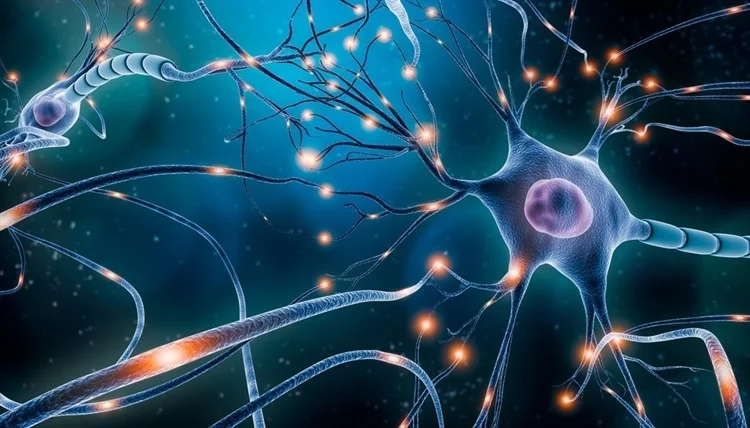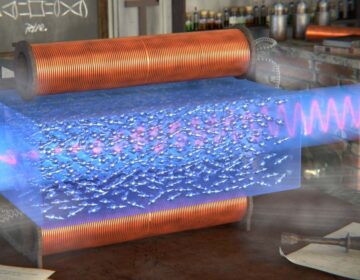Engineers developed an artificial neuron that behaves strikingly like its natural counterpart. The breakthrough builds on earlier research in which the team created protein nanowires from electricity-producing bacteria.
Their new discovery suggests the possibility of designing computers that are far more energy-efficient and capable of directly interacting with living cells.
“Our brain processes an enormous amount of data,” says Shuai Fu, a graduate student in electrical and computer engineering at UMass Amherst and lead author of the study published in Nature Communications. “But its power usage is very, very low, especially compared to the amount of electricity it takes to run a Large Language Model, like ChatGPT.”
In terms of efficiency, the human body leaves current technology far behind. The brain contains billions of neurons, specialized cells responsible for sending and receiving electrical signals throughout the body.
Despite this complexity, it requires only about 20 watts of power to perform tasks such as writing a story. By contrast, a large language model may draw well over a megawatt of electricity to accomplish the same activity.
The Efficiency Challenge
While electrical and computer engineers have long been interested in using artificial neurons as the circuitry for more efficient computers, the problem has always been how to keep their voltage low enough.
“Previous versions of artificial neurons used 10 times more voltage—and 100 times more power—than the one we have created,” says Jun Yao, associate professor of electrical and computer engineering . That means that previous attempts at creating artificial neurons weren’t all that efficient, nor could they plug directly into living neurons, which would be frightened by the increased amplitude.







